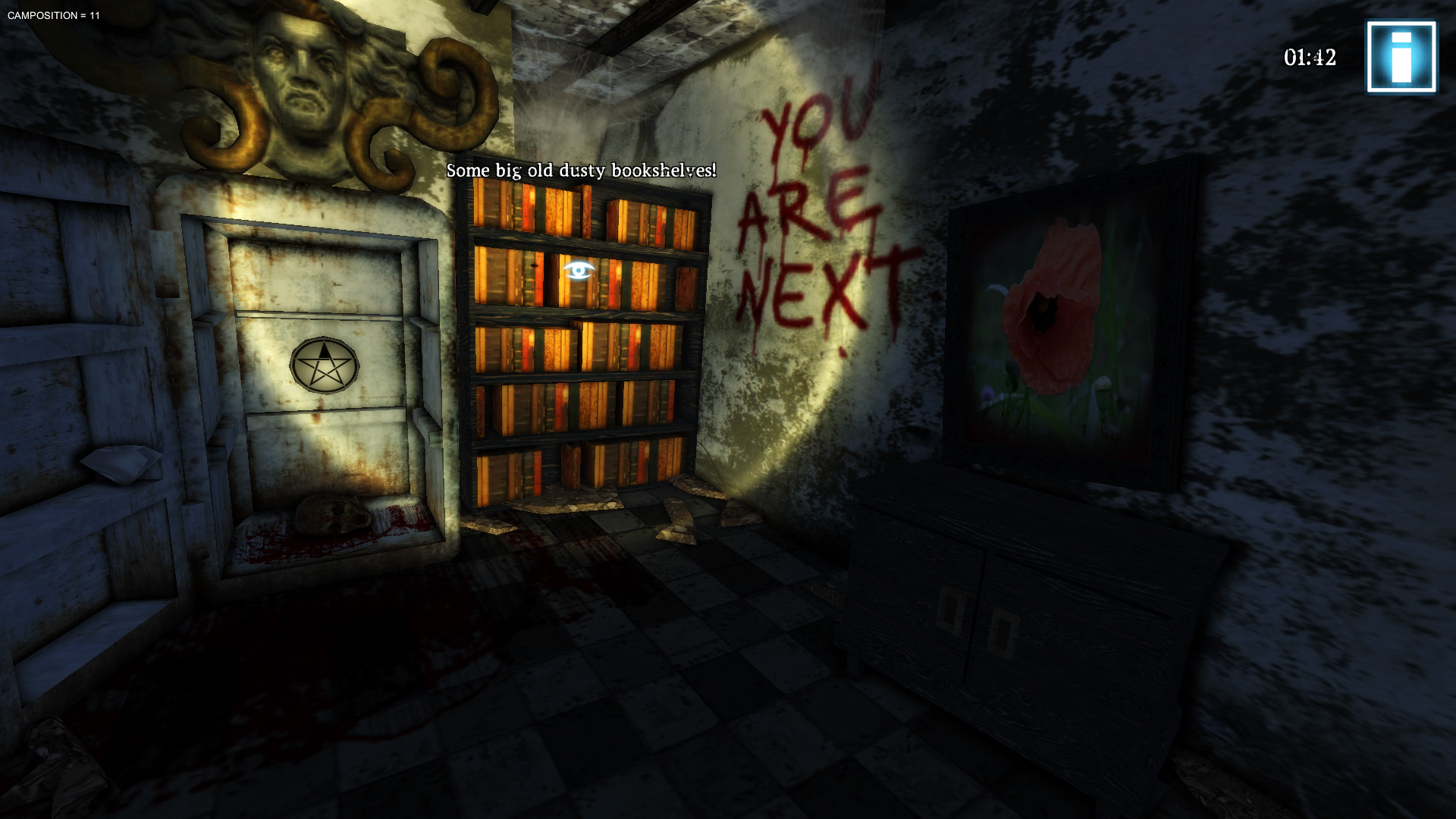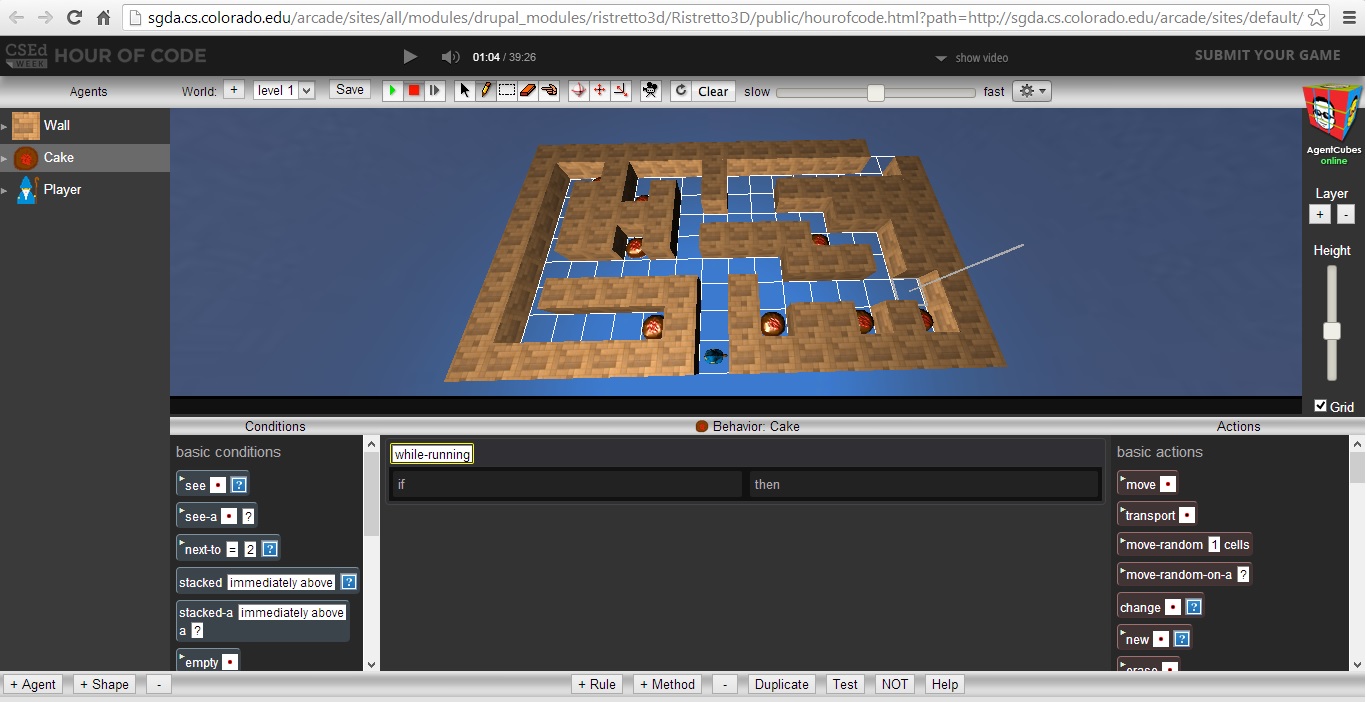In songs that lack drums/bass, another rhythmic instrument (such as acoustic guitar), can be used instead. This is the room that has all the sound happening in it, from acoustical instruments, to vocalists, to whatever.
How To Record A Band Live In A Small Room, First, the musicians hear the direct sound mainly from the drums, followed by the bass amp and the guitar amp. It makes sense then, that these be the first instruments you normally record.

If you’re hoping to transform your extra space into a home recording studio, a drum shield or cage can greatly enhance the acoustics of your music room. Once you’ve selected the room you’re going to record in, try clapping loudly several times from various spots within the room and assess if the sound produced is more of a harsh ringing or a nice reverb. When bands play together, everyone follows the drums/bass. As any musician knows, the rhythm section is the foundation of any song.
First, the musicians hear the direct sound mainly from the drums, followed by the bass amp and the guitar amp.
Then of course, you hear the sound from the monitors. As any musician knows, the rhythm section is the foundation of any song. The band will be able to hear the keys through a monitor and the audience will hear them through the pa. If you�re in a club that holds, say, between 250 and 500 people, you may need to mic them. How to soundproof (sound blocking). Overheads and cymbal microphones are of low priority.
 Source: bmi.com
Source: bmi.com
A big thank you to frida for sharing their tips and tricks. One is placed as close as possible to the middle of the cone of the speaker, without touching the mesh over the speaker. My recommendation is that you put yourself closer to a wall that is dampened with a blanket and face the other side of the room..
 Source: bmi.com
Source: bmi.com
Your job is to make people stop talking over you so they can listen with their jaws on the ground. Then of course, you hear the sound from the monitors. Graphic equalizers are most commonly used to remove problem frequencies caused by the room. In songs that lack drums/bass, another rhythmic instrument (such as acoustic guitar), can be used instead..

- in a tight space, feedback might be a problem. Your job is to make people stop talking over you so they can listen with their jaws on the ground. Once you orient the band on an imaginary stage in your rehearsal space, placing loudspeakers as floor monitors at the front of the room will provide a better listening experience.
 Source: youtube.com
Source: youtube.com
One of the best ways to capture a live show is mixing audience microphones in with a soundboard feed. Most often, the singer will record a guide vocal in the room with the band and then replace this later as an overdub but, where it is imperative that the performance be captured live, a substantial expanse of duvet behind the.
 Source: youtube.com
Source: youtube.com
Depending on the quality of the kit, you�ll need to compress. Occasionally, there will be singers that will almost kiss the mic; The exception to this is the drummer. The easiest way to factor in the delay is 1 millisecond per foot away from the stage. This included a 1” gap between the exterior foundation walls and wood framing.
 Source: masteringbox.com
Source: masteringbox.com
Not only will this plexiglass barrier help with soundproofing, but it also supports proper room tuning for a more appealing sound, both in person. That, in itself, warrants an entire article which i typed up previously, see here: Once you orient the band on an imaginary stage in your rehearsal space, placing loudspeakers as floor monitors at the front of.
 Source: youtube.com
Source: youtube.com
Your job is to make people stop talking over you so they can listen with their jaws on the ground. Invest in a drum shield. Most audio interfaces for home studio use connect to the computer via usb. 2) in a tight space, feedback might be a problem. That, in itself, warrants an entire article which i typed up previously,.
 Source: youtube.com
Source: youtube.com
One of the best ways to capture a live show is mixing audience microphones in with a soundboard feed. This lets the drummer see what the bassist is doing without the big cymbals (ride or china) blocking the view. Overheads and cymbal microphones are of low priority. When cutting frequencies on a geq, try to start subtle. When recording a.
 Source: musicradar.com
Source: musicradar.com
A live soundman’s handbook for small venues. Standing in front of a full drum kit could require the vocal monitor to be quite loud. Once you’ve selected the room you’re going to record in, try clapping loudly several times from various spots within the room and assess if the sound produced is more of a harsh ringing or a nice.
 Source: musicradar.com
Source: musicradar.com
Invest in a drum shield. Once you’ve selected the room you’re going to record in, try clapping loudly several times from various spots within the room and assess if the sound produced is more of a harsh ringing or a nice reverb. Then of course, you hear the sound from the monitors. Most audio interfaces for home studio use connect.
 Source: rolandcorp.com.au
Source: rolandcorp.com.au
If that’s the case, you have to adjust the eq to avoid the proximity effect. First, the musicians hear the direct sound mainly from the drums, followed by the bass amp and the guitar amp. A big thank you to frida for sharing their tips and tricks. This is the room that has all the sound happening in it, from.
 Source: rolandcorp.com.au
Source: rolandcorp.com.au
If you make a mistake, keep going. First, the musicians hear the direct sound mainly from the drums, followed by the bass amp and the guitar amp. If you forget the lyrics, make them up. When bands play together, everyone follows the drums/bass. Switch if the drummer is a lefty, of course.
 Source: rolandcorp.com.au
Source: rolandcorp.com.au
The easiest way to reduce unwanted noise is to record in a room as far away from windows, and to turn off all fans and air conditioners. A big thank you to frida for sharing their tips and tricks. For rehearsal purposes, it�s most important that the keyboardist can hear what he or she is doing and be near the.
 Source: pinterest.com
Source: pinterest.com
One is placed as close as possible to the middle of the cone of the speaker, without touching the mesh over the speaker. Depending on the quality of the kit, you�ll need to compress. If you’re hoping to transform your extra space into a home recording studio, a drum shield or cage can greatly enhance the acoustics of your music.
 Source: bmi.com
Source: bmi.com
My recommendation is that you put yourself closer to a wall that is dampened with a blanket and face the other side of the room. First, the musicians hear the direct sound mainly from the drums, followed by the bass amp and the guitar amp. If you�re low on microphones, you can put one microphone for every two toms, placing.
 Source: audiorecording.me
Source: audiorecording.me
If you make a mistake, keep going. A good rule of thumb for live performances is to place the microphone between 4 to 6 inches away from the mouth, then start equalizing the voice. If you�re low on microphones, you can put one microphone for every two toms, placing them in between. In a live gig, the keyboard amp should.
 Source: youtube.com
Source: youtube.com
Not only will this plexiglass barrier help with soundproofing, but it also supports proper room tuning for a more appealing sound, both in person. The inside room is a standalone room, roughly 10’x14’, completely isolated from the rest of the townhouse (untouching). This will allow you to create a live mix (much in the same way you create a mix.
 Source: homestudioexpert.com
Source: homestudioexpert.com
- a classic band setup is to have the bassist stand to the left of the drummer. The inside room is a standalone room, roughly 10’x14’, completely isolated from the rest of the townhouse (untouching). If you only have one option…then just use that. If you make a mistake, keep going. Once you’ve selected the room you’re going to record.
 Source: songgear.com
Source: songgear.com
I opted for the most effective (isolating) solution → two 2×4 walls @ 24” on center, spaced 1” apart, a room within a room. One of the best ways to capture a live show is mixing audience microphones in with a soundboard feed. This lets the drummer see what the bassist is doing without the big cymbals (ride or china).
 Source: mixdownmag.com.au
Source: mixdownmag.com.au
This will allow you to create a live mix (much in the same way you create a mix for a live performance). One of the best ways to capture a live show is mixing audience microphones in with a soundboard feed. The inside room is a standalone room, roughly 10’x14’, completely isolated from the rest of the townhouse (untouching). If.
 Source: masteringbox.com
Source: masteringbox.com
The reality is that thousands of small venues are spread out over the united states. Don’t place them on different surfaces, otherwise your. The inside room is a standalone room, roughly 10’x14’, completely isolated from the rest of the townhouse (untouching). A good rule of thumb for live performances is to place the microphone between 4 to 6 inches away.
 Source: rolandcorp.com.au
Source: rolandcorp.com.au
Once you orient the band on an imaginary stage in your rehearsal space, placing loudspeakers as floor monitors at the front of the room will provide a better listening experience for your singer and keyboardist (if applicable), while still giving enough coverage for the rest of the band to hear them. My recommendation is that you put yourself closer to.
 Source: recordingmag.com
Source: recordingmag.com
That, in itself, warrants an entire article which i typed up previously, see here: Ideally you want to have this room as isolated from outside sound intrusions as possible. Don’t place them on different surfaces, otherwise your. Also, make it your number one priority to be interesting. One is placed as close as possible to the middle of the cone.

Not only will this plexiglass barrier help with soundproofing, but it also supports proper room tuning for a more appealing sound, both in person. It makes sense then, that these be the first instruments you normally record. In songs that lack drums/bass, another rhythmic instrument (such as acoustic guitar), can be used instead. The larger of the two recorder racks.
 Source: soundonsound.com
Source: soundonsound.com
Standing in front of a full drum kit could require the vocal monitor to be quite loud. Switch if the drummer is a lefty, of course. As any musician knows, the rhythm section is the foundation of any song. One of the best ways to capture a live show is mixing audience microphones in with a soundboard feed. When cutting.










